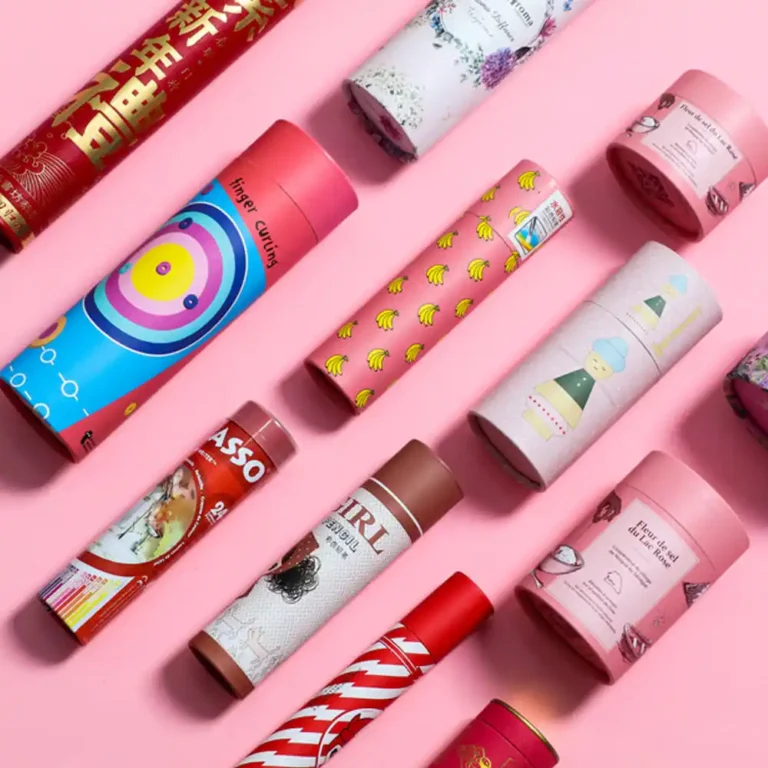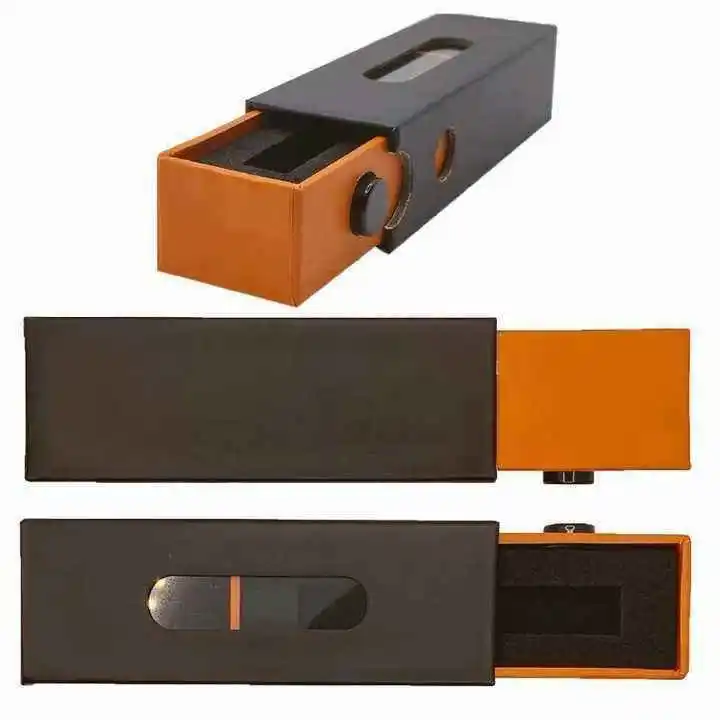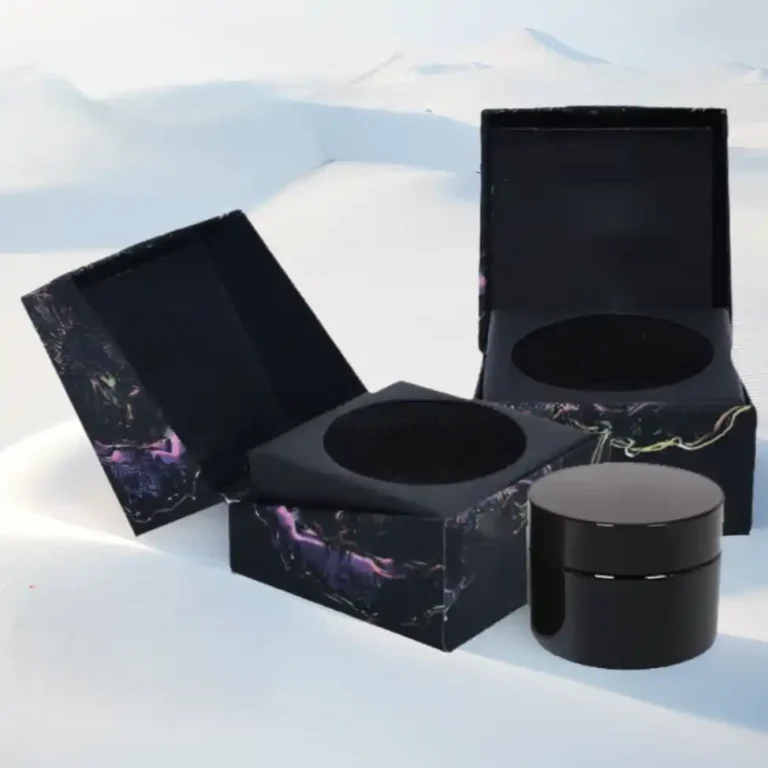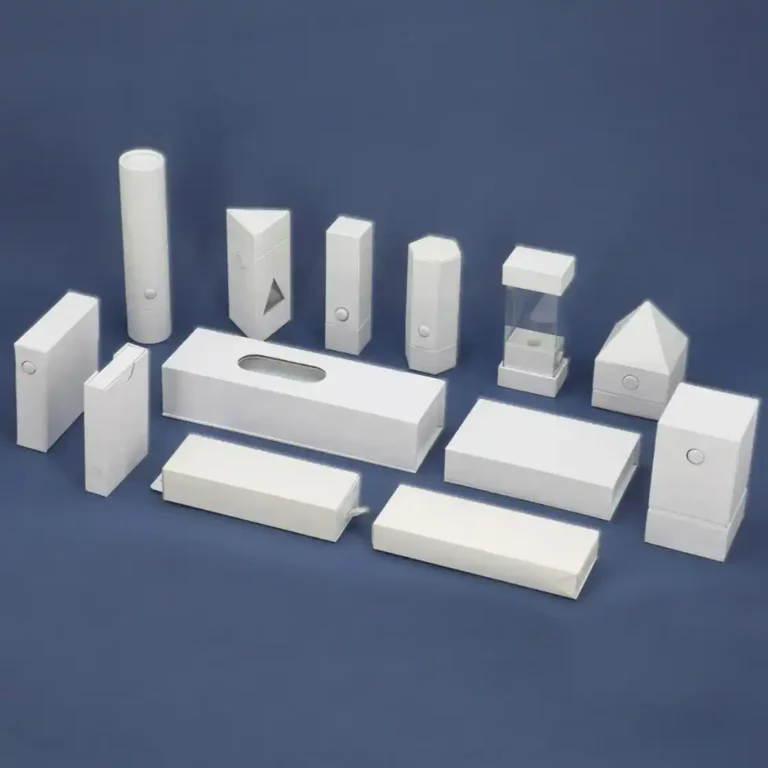Mastering Box Design: Create Custom Packaging That Wows
If I were your box, I’d square my corners, smooth my wrap, and whisper: “Let me do the heavy lifting and the love story.” Box design isn’t decoration—it’s behavior, structure, persuasion, and a tiny theater that opens in your customer’s hands.
Table of Contents
What is Box Design and why it matters
Great box design blends engineering with emotion. It protects through the whole journey (shelf, van, doorstep) and speaks your brand fluently in the first 3 seconds.
- Brand identity: Color, type, materials, and opening motion are your silent sales team. See shapes and categories in the products gallery or start fresh from the homepage.
- First impressions: A calm lid-lift or smooth drawer slide feels premium; cluttered flaps don’t.
- Protection & utility: Fit is a feature. Right-size every mm so goods don’t rattle like a maraca.
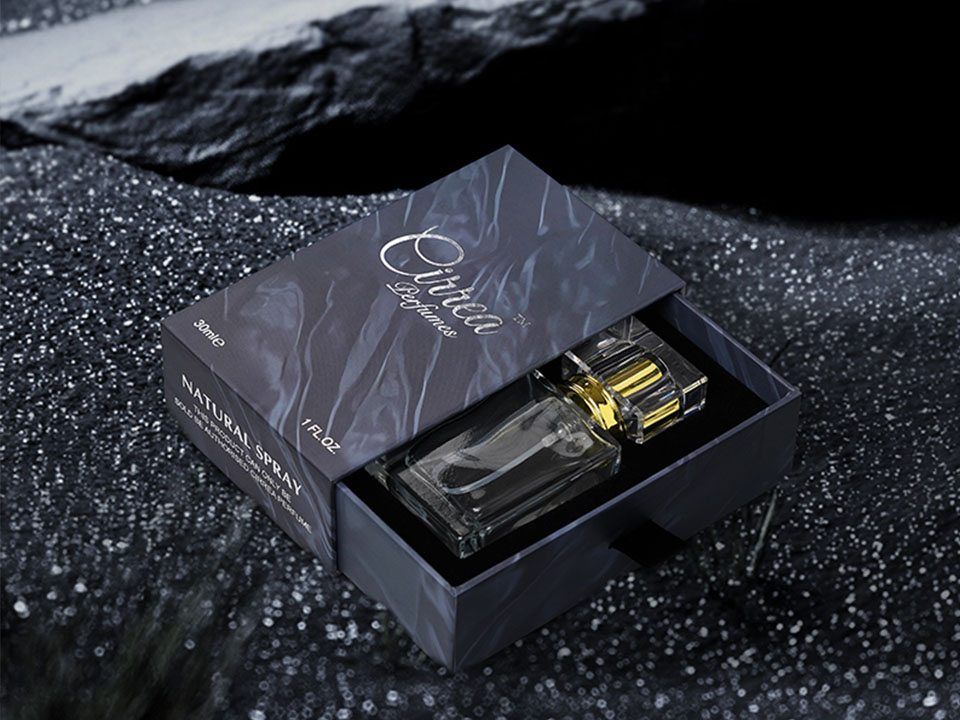
How to start designing your packaging
- Know the audience and use-case. Who’s buying? Retail display, DTC mail, or both?
- Pick a structure early. E-com kits love mailers; retail primaries love folding cartons; gifts love rigid. Compare printed corrugated boxes, folding cartons, and magnetic rigid boxes.
- Material choices. Favor fiber-first boards, water-based coatings, and minimal laminations for real-world recycling.
- Prototype before you marry it. Test color on your stock, check scuffing, crush, and insert tolerances.
Exploring box types: which one suits your need
- Shipping mailers: Engineered to travel strong; inside print turns delivery into a little stage.
- Product cartons: Lighter, fast on lines, readable at 1–2 meters.
- Rigid setups: Keepsake unboxing for premium lines and PR drops.
- Cylinders (tubes): Great for vials, powders, apparel rolls—360° brand canvas. Browse paper tube packaging for ideas.
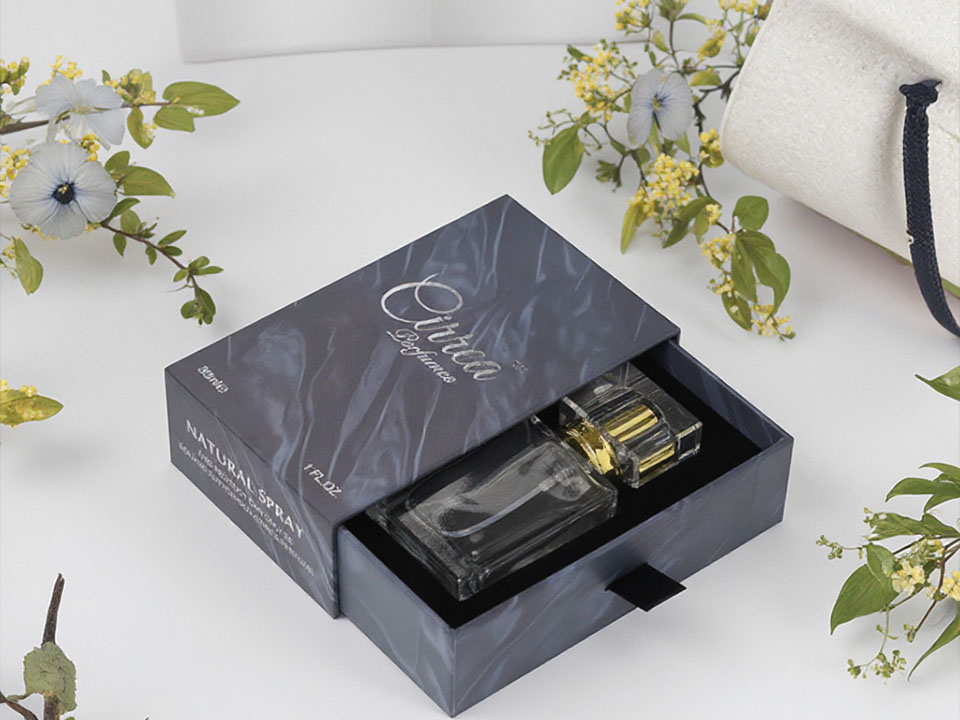
Understand your dieline
A dieline is the 2D map of cuts, folds, glue flaps, and safe zones. Keep key text in safe areas, give bleed room to art, and never place microtype across a crease. Your printer—and your future self—will thank you.
Subscription & unboxing: designing for delight
- Curation beats clutter. One strong reveal > five confusing moments.
- Inserts with intention. Paperboard nests or molded fiber keep items aligned.
- Micro-copy that teaches the open. “Pull. Lift. Enjoy.” Simple words reduce friction and returns. Support sell-in with retail theater using cardboard displays that set up fast and restock easy.
Custom mailer boxes: protect in style
DTC mailers should open clean, photograph beautifully, and shrug off conveyor scuffs. Right-size walls and add tear-strips for easier returns. If your line includes beauty SKUs, sync the mailer vibe with your primaries in cosmetic boxes so the system feels like one family.
Design ideas that actually work
- One sparkle rule. Use foil or spot UV—on a small focal area—so the eye knows where to land.
- Texture honesty. Uncoated and linen papers feel human; soft-touch adds calm, but don’t overdo.
- Honest windows. Offer a peek without overexposing light-sensitive goods.
- Seasonal agility. Keep the dieline fixed; swap palette, foil color, or inserts to move fast.
Need gift-ready inspiration? See paper gift boxes for formats that are camera-ready without fuss.
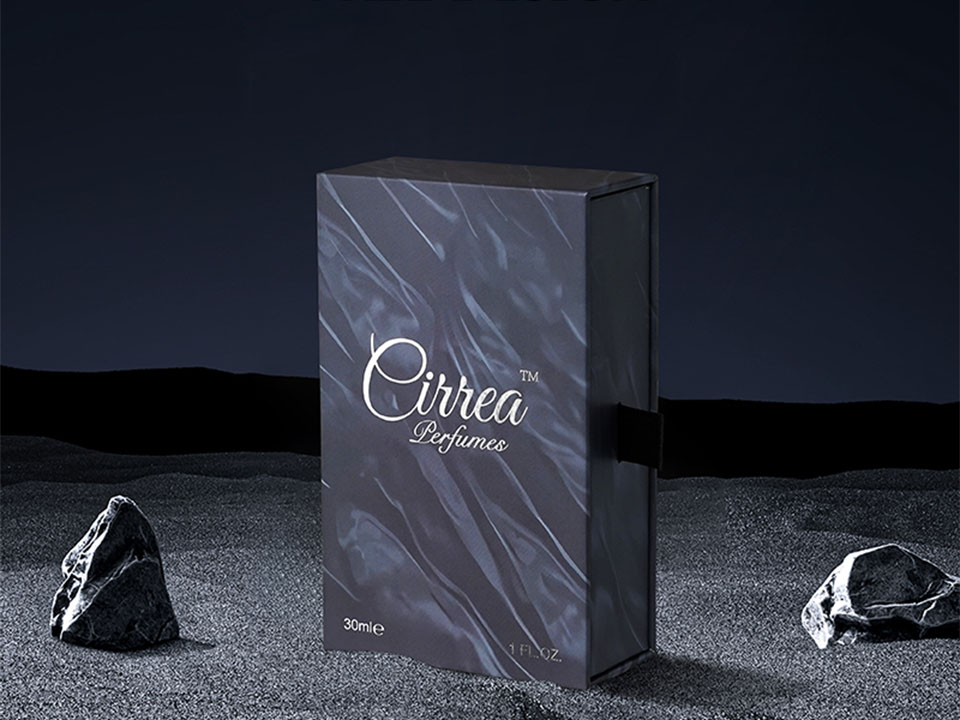
3D previews & prototyping
Use 3D mockups to hunt collisions (text near a fold, artwork over a thumb notch) before you pay for plates. Then order physical proofs—no screen can simulate a thumb finding a pull-tab in real light.
Your quick chooser
- E-com hero: corrugated mailers with inside print.
- Retail speed: folding cartons that run fast and read clearly.
- Gifting & keepsake: magnetic closure rigid.
- Cylindrical items/powders: paper tubes.
- Shelf theater: cardboard displays for trial and upsell.
- Browse everything: full products gallery or start at the homepage.
FAQ
Does great design cost a fortune? Not automatically. Most wow comes from smart hierarchy, fit, and one well-placed finish. Can I look luxe and be eco? Yes—fiber-first boards, minimal plastics, design for disassembly. How do I prevent damage? Fit the product, add the right insert, and spec scuff-resistant coatings on travel faces.
Box design checklist
- Clear reading order, legible at shelf distance
- One opening logic across the line (lift, slide, or flip)
- Right-size fit + inserts (no rattle)
- Finish restraint (one sparkle)
- End-of-life plan (separable components, minimal laminations)
- Real-hand tests before scaling
Final word from your future box
Dress me with purpose, size me right, and make me kind—to hands, to product, to planet. I’ll repay you with fewer damages, faster pack-outs, and that little oh yes when the lid lifts just so. That’s how packaging stops being cost and starts being brand.






